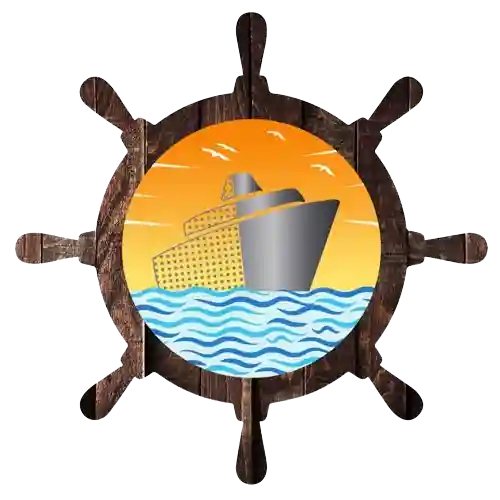Joining the Merchant Navy involves various eligibility criteria that can depend on the specific role you are interested in and the country in which you are applying. However, there are some general requirements that are commonly applicable across most roles and countries:
Educational Qualifications: The minimum educational requirement is often a high school diploma or its equivalent, with a strong emphasis on subjects like Mathematics, Physics, and English. For officer roles, a degree or diploma in nautical science or marine engineering is typically required.
Age Limit: There is usually a minimum age limit (often 17 or 18 years) and sometimes a maximum age limit for entry-level positions. The specific age limits can vary depending on the company and the country.
Medical Fitness: Candidates must meet rigorous medical fitness standards, including eyesight requirements. A medical examination by an approved doctor is necessary to ensure fitness for sea service.
Training and Certifications: Before joining, candidates may need to undergo basic training courses approved by the maritime authority of the respective country. These courses cover basic safety, firefighting, first aid, and other essential skills.
Nationality and Legal Requirements: Depending on the country and the shipping company, there may be nationality or legal requirements. Some companies might require you to hold a passport from a specific country or have the legal right to work in that country.
Personal Attributes: Soft skills such as teamwork, communication, leadership, and the ability to cope with the physically and mentally demanding nature of the job are crucial.
Language Proficiency: English is the international language of the maritime industry, and proficiency in English (both spoken and written) is often required.
Security Clearance: In some cases, a security clearance might be required, depending on the nature of the goods transported or the areas of operation.







